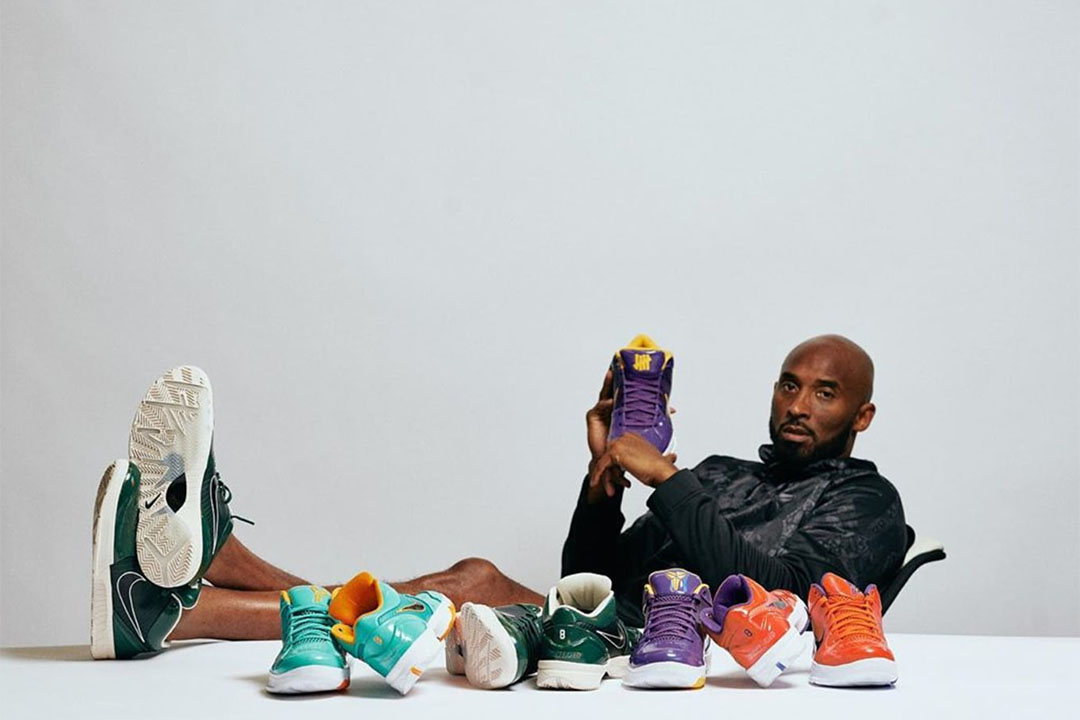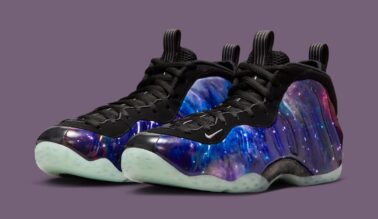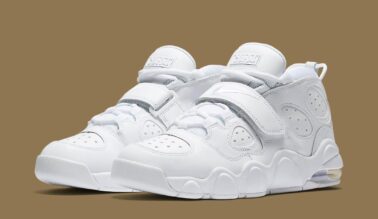This post may contain affiliate links. Please read our disclosure policy.
The story of how Nike’s Kobe Protro line of sneakers began.
It’s no secret that Kobe Bryant was meticulous about his craft. The posthumous Basketball Hall of Famer wasn’t only obsessive about honing his skills on the court during his 20-year NBA career, but also with how other hoopers would use products attached to his name after he retired.
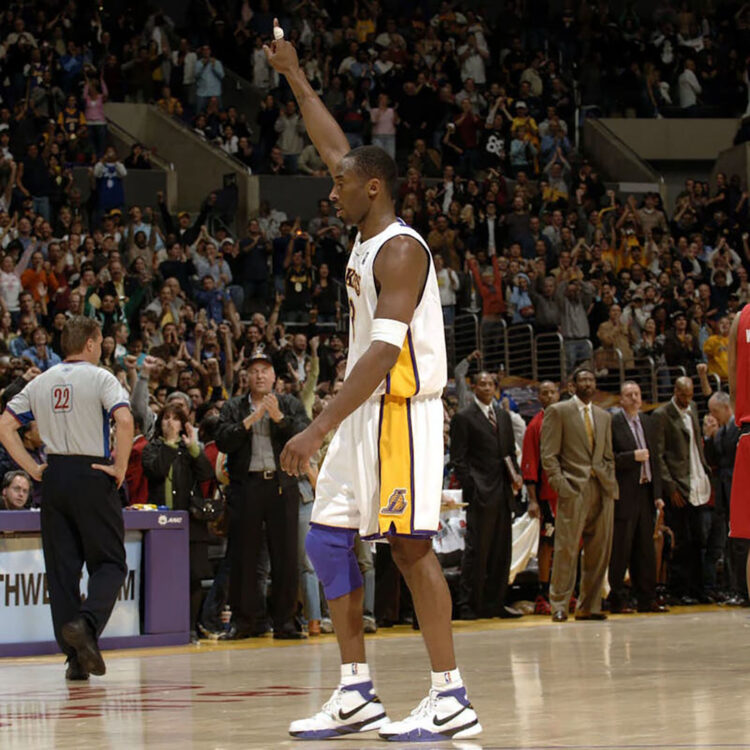
This was especially true when it came to his sneakers, according to former Nike senior director of basketball footwear Dee Tolliver. The product guru, who worked at the brand for over 15 years across sportswear and the signature lines of LeBron James, Kevin Durant, and others, recalls his time with Kobe and first pitching the player on retros of his signature sneaker in 2014.
Kobe was at Nike’s Beaverton, Ore. global headquarters for his annual business meeting, where the athlete and the brand’s execs gather to go over signature products and pitch them on future plans.
“Each business function like apparel, footwear, performance and sportswear all have an allotment of time to pitch to Kobe,” Tolliver, who’s now the Director of Energy at Cole Haan, said. “We were tasked with building a retro plan around him because he was towards the tail end of his career, so we knew we needed to start working on something.”
Without Kobe’s knowledge, Tolliver even sampled two luxury versions of the Nike Kobe 1 with python materials in the upper, a gum-rubber sole, and black and gold metal accents. His plan was to show them to the former L.A. Laker to get the player excited about a line of lifestyle sneakers and close the pitch.
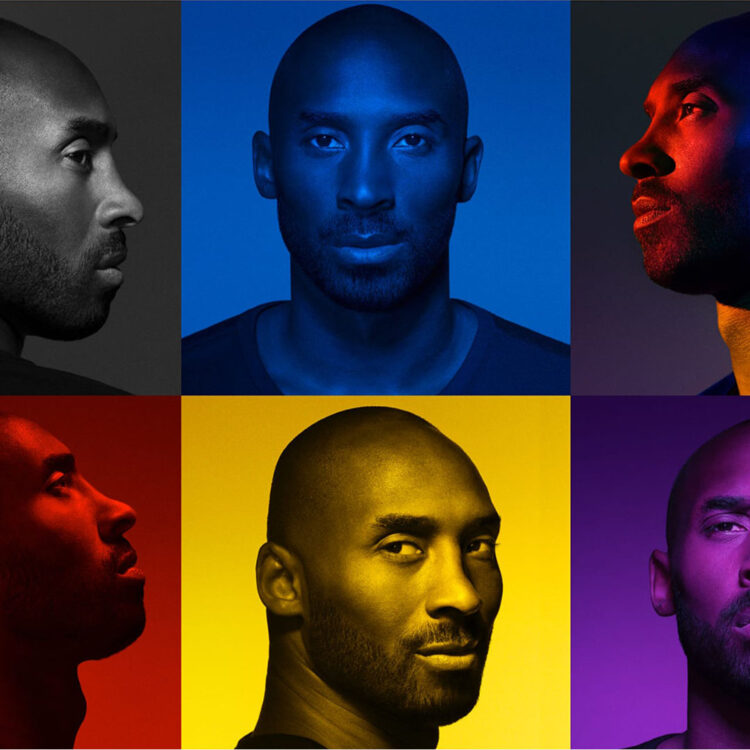
“He hasn’t seen the shoes yet and I’m basically building up to the unveiling,” Tolliver said of the presentation. “I put them on the table right in front of him, talking about this mamba story and the luxurious materials that we had on there, that were very much in trend at that specific time.”
While Tolliver had high hopes for Kobe’s reaction, things didn’t go the way he had planned.
“Kobe looks at them, shakes his head, and says, ‘Nah. Not retro. Protro.’” Tolliver said, remembering the confusing feeling of Kobe literally creating a new term in front of his eyes. “I look back at my boss like WTF because I don’t know what that word means.”
Kobe went on to explain what he was thinking–a performance retro sneaker–an idea similar to the auto industry’s “restomods,” which are classic cars that are restored with modern technology. With the basketball legend uttering one word, he essentially commissioned a new category for the brand. Tolliver calls up the player’s original explanation from that meeting:
“I thought he was going to go crazy over the retros, but he was like, ‘Nah, these are for hoopers. We build products for people who want to be the best they possibly can on the court. Take my model and put it through the lens of the most modern technologies that Nike has access to, whether that be Flywire, or Zoom, or a new foam.’ That’s what Protro was born out of, was literally from his mouth, in his mind, to the rest of the Nike team.”
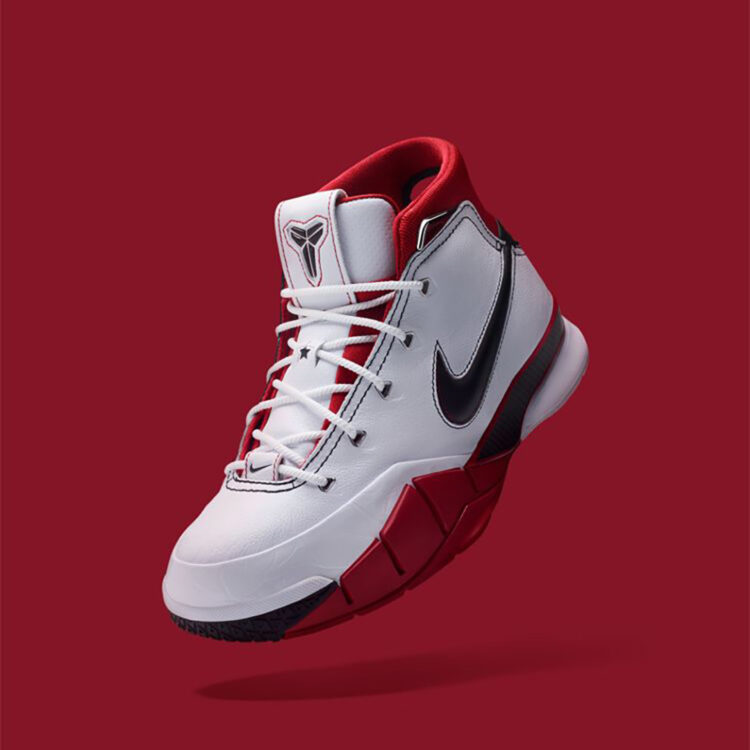
The result was the Nike Kobe 1 Protro, which debuted in 2018. It had all of the aesthetic qualities of the original, but on the inside were technical updates like a full-length Zoom Air unit, in addition to being a lighter weight shoe overall. Protro versions of the Nike Kobe 4, 5, and 6 followed, with the Kobe 8 “Halo” soon to be the latest addition on Aug. 23.
While the technical updates are unseen, it does drive the retail price up. For example, the original Nike Kobe 4 retailed for $120. The Nike Kobe 4 Protro, which was updated with new foam and articulated contour Zoom cushioning, carried a box price of $175.
Tolliver says these intricacies of production that make the shoe more expensive due to higher material costs is probably why Nike can’t release them in huge quantities. The ideal retail price point for a performance basketball shoe is usually $150 or less, but there are different interpretations as to what Kobe envisioned for Protros of his sneakers.
“It keeps the aesthetic 100 percent true to the OG, but you can talk to 1,000 different people and get 1,000 different points of view on what they believe Protro should be,” Tolliver said of the challenges of continuing the line without Kobe. “Some will tell you it should be just to make the one we know and love better. Others will be in the camp with what Kobe says, which is that wanted use of all the technologies that we had access to.” He cited reimagining a Kobe 5 upper with Flyknit instead of leather as an example.
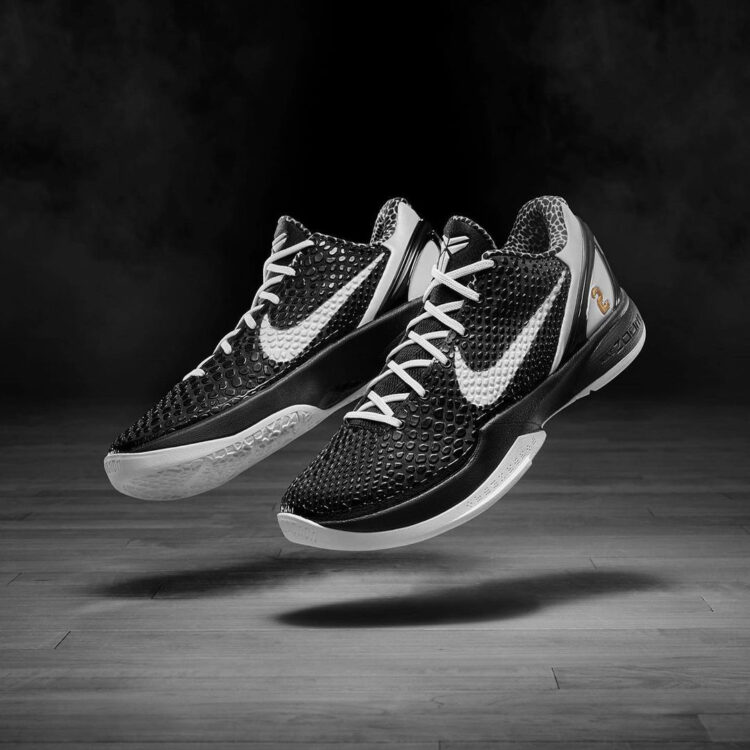
Still, the level of perceptivity that Kobe had on basketball shoes was uncanny. Tolliver says that among all the signature athletes he’s worked with during his tenure at Nike, Kobe was head and shoulders above them in how detailed he was about creating his products with designer Eric Avar.
Had Kobe not tragically passed away in 2020, Tolliver adds that he would’ve foreseen the Kobe line continuing. But without the man’s inspiration for the brand, Protros may be the only way we’ll see Nike Kobe sneakers in the future.
“Without him alive, those insights are just gone and you can’t build an authentic new shoe,” he said. “You can take an existing shoe and re-veneer it and make it better, but you can’t build a new shoe without Kobe’s insights.”
